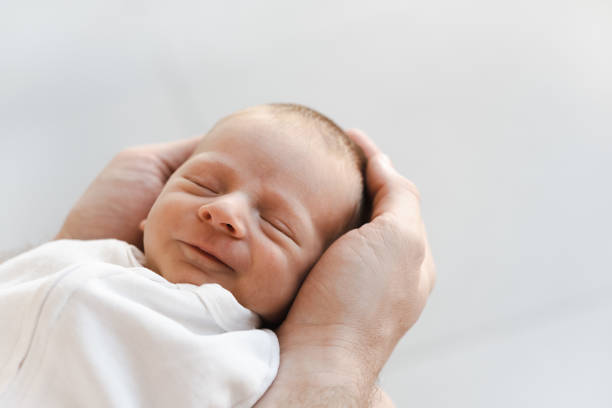A growing number of families across the United States are choosing to raise only one child, as rising childcare and living costs make it increasingly difficult for parents to have a second baby despite various government support programs.
In Orange County, David Cho (39) and his wife, both working full time, recently enrolled their infant in daycare for $1,700 per month. “It’s become clear that having a second child isn’t realistic,” Cho said. “With rent for a three-bedroom house and other living expenses, the total cost of raising just one child reaches about $3,000 a month when daycare, clothes, and food are included.”
Even dual-income families face financial pressure due to lost income during pregnancy, maternity leave, and postpartum recovery. As the burden increases, many say it’s nearly impossible to plan for a second child.
According to USA Today, citing data from Bowling Green State University’s National Center for Family and Marriage Research (NCFMR), the share of women aged 40 to 44 who have only one child nearly doubled from 10% in 1980 to 19% in 2022. The trend is consistent across race and education levels, researchers found.
Experts say the rapid rise in childrearing costs is the biggest reason behind the change. Tony Falbo, professor of educational psychology at the University of Texas at Austin, noted that costs for childcare, private lessons, summer camps, and sports have surged, making it difficult for parents to invest adequately in more than one child.
A recent report from LendingTree found that the average annual cost of raising a child in California reached $30,059 this year, up more than 17% from $25,680 in 2023, ranking fifth-highest nationwide. The total cost of raising a child from birth to age 18 in the state now averages $286,951, the eighth-highest in the country.
Delayed childbirth is another key factor. Many women now prioritize financial stability and career development before starting a family. According to the Centers for Disease Control and Prevention (CDC), births among women aged 40 and older increased 193% since 1990, reaching 96,809 in 2023.
Parents who choose to have only one child often cite emotional stability and financial security as key reasons. Jacqueline Stein (40) told USA Today that she wants to “give her son cultural experiences like travel,” but having a second child would make that impossible.
Experts describe the trend as the “Only Child Revolution”, reflecting how families shaped by modern economic pressures and social values increasingly view one-child households as the most practical and balanced choice.
BY HANKIL KANG [kang.hankil@koreadaily.com]


![Israel LA Consulate to present safety strategies for Korean community Israel Bahar, Israel’s Consul General in Los Angeles, has an interview with the Korea Daily. [Sangjin Kim, The Korea Daily]](https://www.koreadailyus.com/wp-content/uploads/2025/11/1128-Israel-100x70.jpg)
![Donor’s handwritten note brings compassion to Winter Jacket Giveaway The volunteers gathered at MacArthur Park on December 16 to hand out winter jackets to those in need. [Sangjin Kim, The Korea Daily]](https://www.koreadailyus.com/wp-content/uploads/2025/11/1128-jacket-100x70.jpg)

